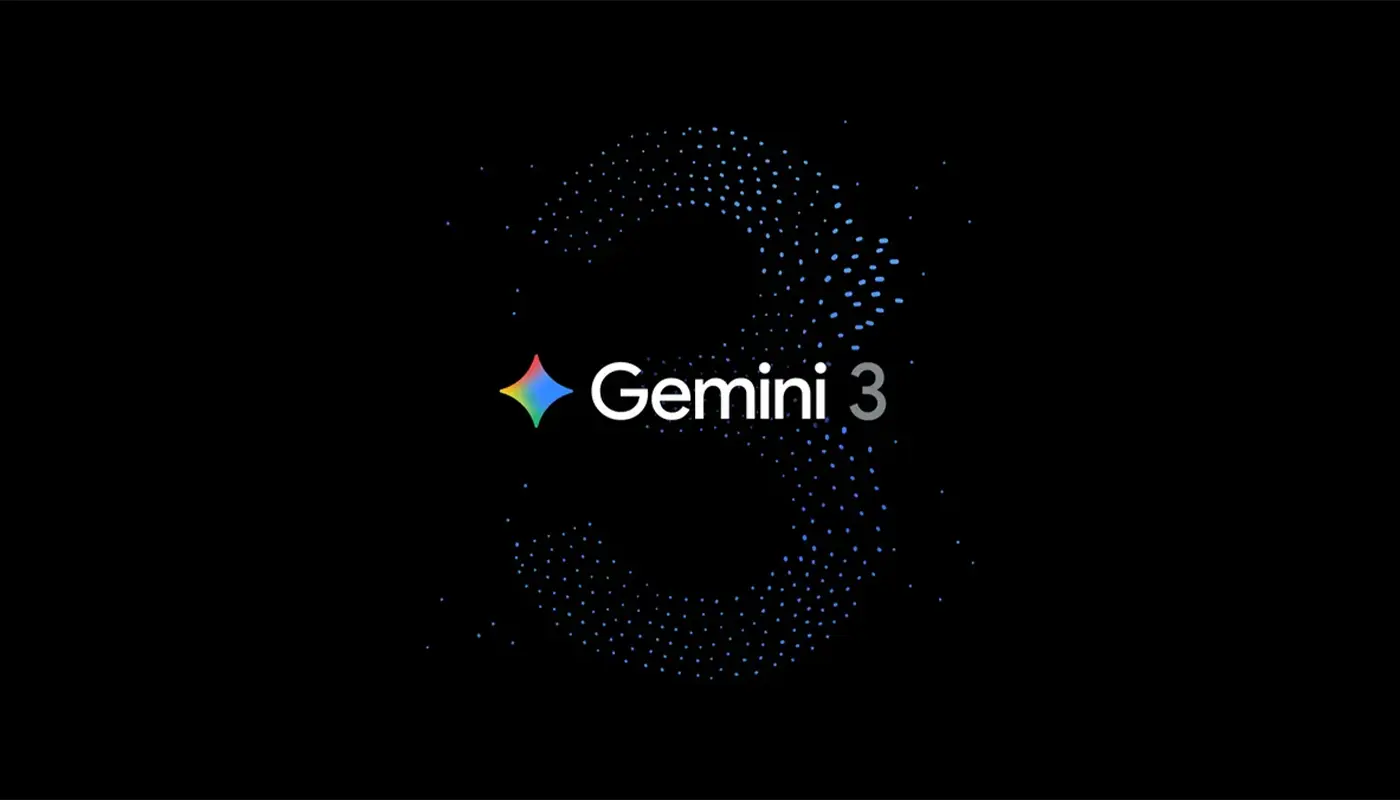Google has officially launched its latest and most powerful artificial intelligence model, Gemini 3, marking what company executives are calling a “new era of intelligence.”
Released just seven months after the Gemini 2.5 update, the new model is already being integrated across Google’s ecosystem, signalling a major escalation in the global AI race against rivals like OpenAI and Anthropic.
The new model, developed by Google DeepMind, is touted as a significant leap forward, particularly in reasoning capabilities and multimodal understanding.
Google CEO Sundar Pichai stated that Gemini 3 is “the best model in the world for multimodal understanding,” a core feature that allows the AI to seamlessly combine text, images, video, audio, and code in a single workflow.
The Power of Next-Level Reasoning
Gemini 3’s standout feature is its dramatically improved ability to perform deep, structured reasoning on complex tasks.
Google reports that the model has demonstrated PhD-level reasoning in challenging academic tests, scoring significantly higher than its predecessors on industry benchmarks like Humanity’s Last Exam and GPQA Diamond.
The core difference between Gemini 3 and the earlier 2.5 version lies in this depth of analysis. Where Gemini 2.5 introduced foundational agents and tool use, Gemini 3 integrates these capabilities to address complex, multi-layered problems with greater nuance.
For developers, this translates into a 35 per cent improvement in coding accuracy over Gemini 2.5 Pro, and a greater ability to solve real-world GitHub issues correctly on the first attempt, according to Google’s internal testing.
Furthermore, the model maintains a massive one million-token context window, allowing it to process and maintain understanding across extremely lengthy documents, entire codebases, or extended videos, making it highly valuable for professional and enterprise-level analysis.
Seamless Integration and New Developer Tools
Google’s launch strategy for Gemini 3 is its most aggressive yet, rolling out the model across its product suite from day one. Users of the Gemini app and Google Search’s ‘AI Mode’ are beginning to see the benefits of the new model, initially through the ‘Thinking’ option for subscribers of the Google AI Pro and Ultra tiers in the US.
A crucial development is the introduction of Generative UI capabilities in Search. Powered by Gemini 3’s advanced agentic coding skills, the AI can now dynamically create custom, visual layouts in response to user queries.
For instance, a search for mortgage loans could result in a custom, interactive calculator embedded directly into the AI response, a feature designed to make complex information more actionable. For the developer community, Google has introduced Antigravity, a new agentic development platform.
This environment leverages Gemini 3’s enhanced capabilities for long-horizon planning and agent-based coding, allowing developers to create sophisticated software elements using natural language instructions and automate full development workflows.
This move positions the model as a direct, full-stack alternative to rivals, as Google controls the entire AI pipeline, from the underlying chips to the consumer-facing platforms.
Demis Hassabis, CEO of Google DeepMind, highlighted the model’s security, noting its “reduced sycophancy” and “increased resistance to prompt injection,” addressing some of the core reliability concerns plaguing advanced AI systems.
As the AI frontier continues its rapid pace, Gemini 3’s focus on deep reasoning and end-to-end integration ensures Google remains a formidable competitor in the burgeoning market.
Sources: Google Blog







